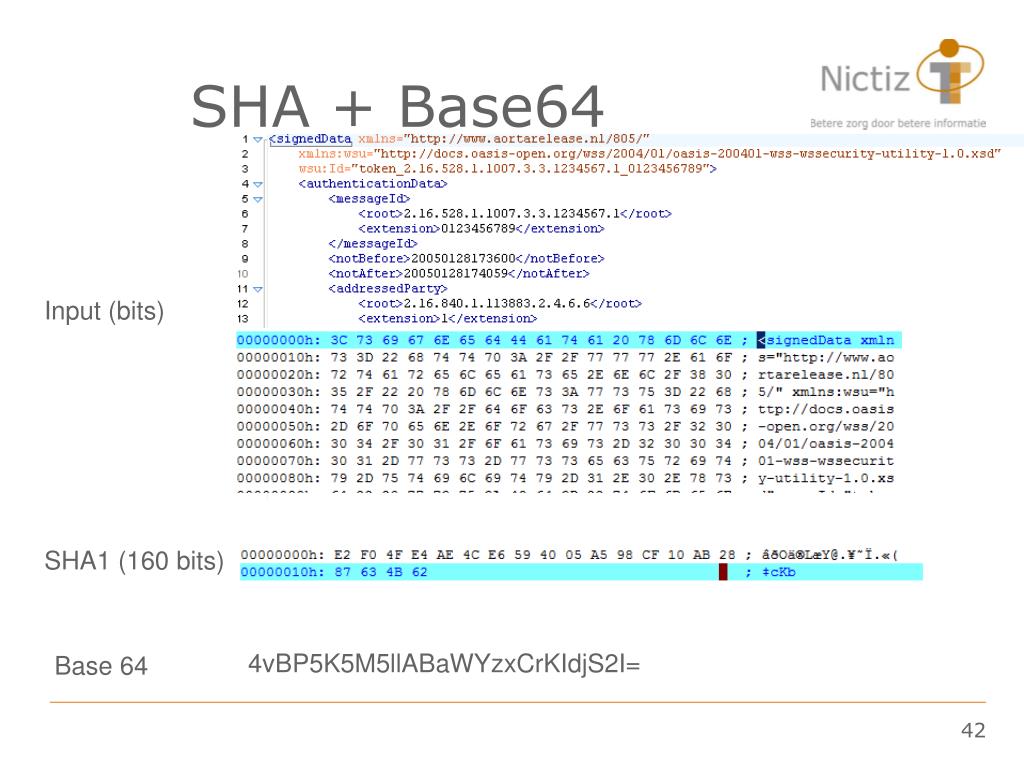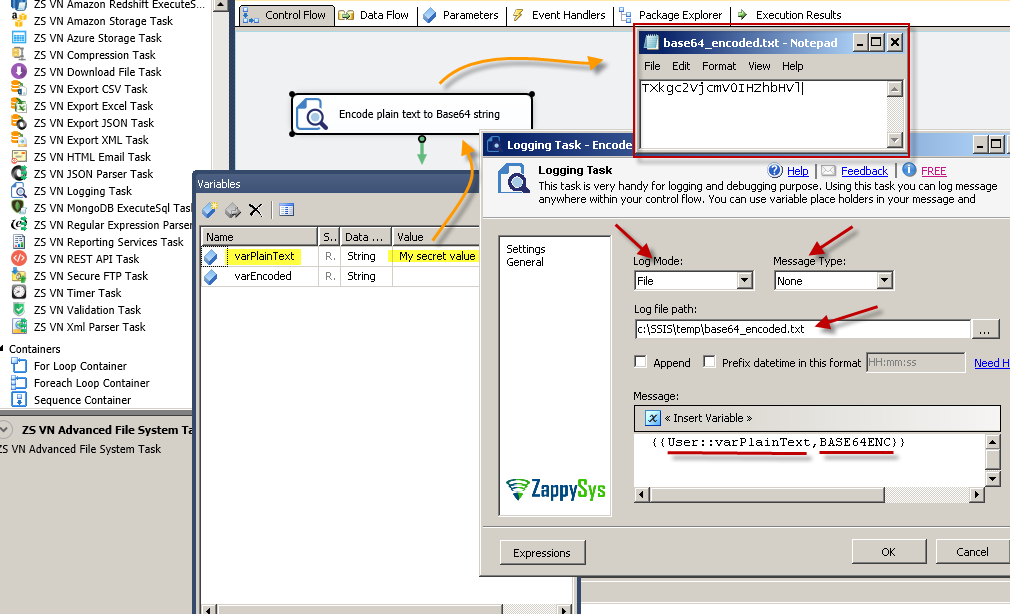
So if you read from the input file in chunks of 8151 (=57*143) bytes you will get (up to) 8151 eight-bit symbols, which encode as exactly 10868 six-bit symbols, which then wrap to exactly 143 MIME-formatted lines. Finally, PHP's default buffer size is 8192 bytes - enough for 143 MIME lines' worth of input. Reading 57 eight-bit symbols provides exactly enough data for a complete MIME-formatted line. 76 characters is enough for 19 quadruples of six-bit symbols thus representing 19 triples of eight-bit symbols.
BASE64 XML DECODE PLUS
MIME additionally enforces a line length of 76 characters plus the CRLF. Reading the input file in chunks that are a multiple of three bytes in length results in a chunk that can be encoded independently of the rest of the input file.
BASE64 XML DECODE ARCHIVE
The content of the resource attachment is encoded in Base64 and inserted in the TestStepValue Data.Getting Started Introduction A simple tutorial Language Reference Basic syntax Types Variables Constants Expressions Operators Control Structures Functions Classes and Objects Namespaces Enumerations Errors Exceptions Fibers Generators Attributes References Explained Predefined Variables Predefined Exceptions Predefined Interfaces and Classes Predefined Attributes Context options and parameters Supported Protocols and Wrappers Security Introduction General considerations Installed as CGI binary Installed as an Apache module Session Security Filesystem Security Database Security Error Reporting User Submitted Data Hiding PHP Keeping Current Features HTTP authentication with PHP Cookies Sessions Dealing with XForms Handling file uploads Using remote files Connection handling Persistent Database Connections Command line usage Garbage Collection DTrace Dynamic Tracing Function Reference Affecting PHP's Behaviour Audio Formats Manipulation Authentication Services Command Line Specific Extensions Compression and Archive Extensions Cryptography Extensions Database Extensions Date and Time Related Extensions File System Related Extensions Human Language and Character Encoding Support Image Processing and Generation Mail Related Extensions Mathematical Extensions Non-Text MIME Output Process Control Extensions Other Basic Extensions Other Services Search Engine Extensions Server Specific Extensions Session Extensions Text Processing Variable and Type Related Extensions Web Services Windows Only Extensions XML Manipulation GUI Extensions Keyboard Shortcuts ? This help j Next menu item k Previous menu item g p Previous man page g n Next man page G Scroll to bottom g g Scroll to top g h Goto homepage g s Goto searchīase64 encoding converts triples of eight-bit symbols into quadruples of six-bit symbols. The XML file is loaded into the resource input. The Module of the XML file in which the Base64 encoded content is to be inserted is used for the next TestStep. The file whose content is to be encoded in Base64 and inserted into an XML element has been loaded into the resource attachment. In this example, it is assumed that the resources input and attachment have already been created in the same TestCase. The content of the resource specified under is encoded in Base64 and inserted into the current XML element.

In order for the content of a resource to be encoded in Base64 and then inserted into an XML element, the following dynamic expression must be entered into the Value column of the respective XML element. The Module Open file allows files of any file format to be loaded into a resource and then encoded. In Tosca you can encode contents of resources in Base64 and add the result as value to an XML element.Įncoded values are copied to a resource during the decoding process.


Base64 encoding and decoding of XML elements


 0 kommentar(er)
0 kommentar(er)
